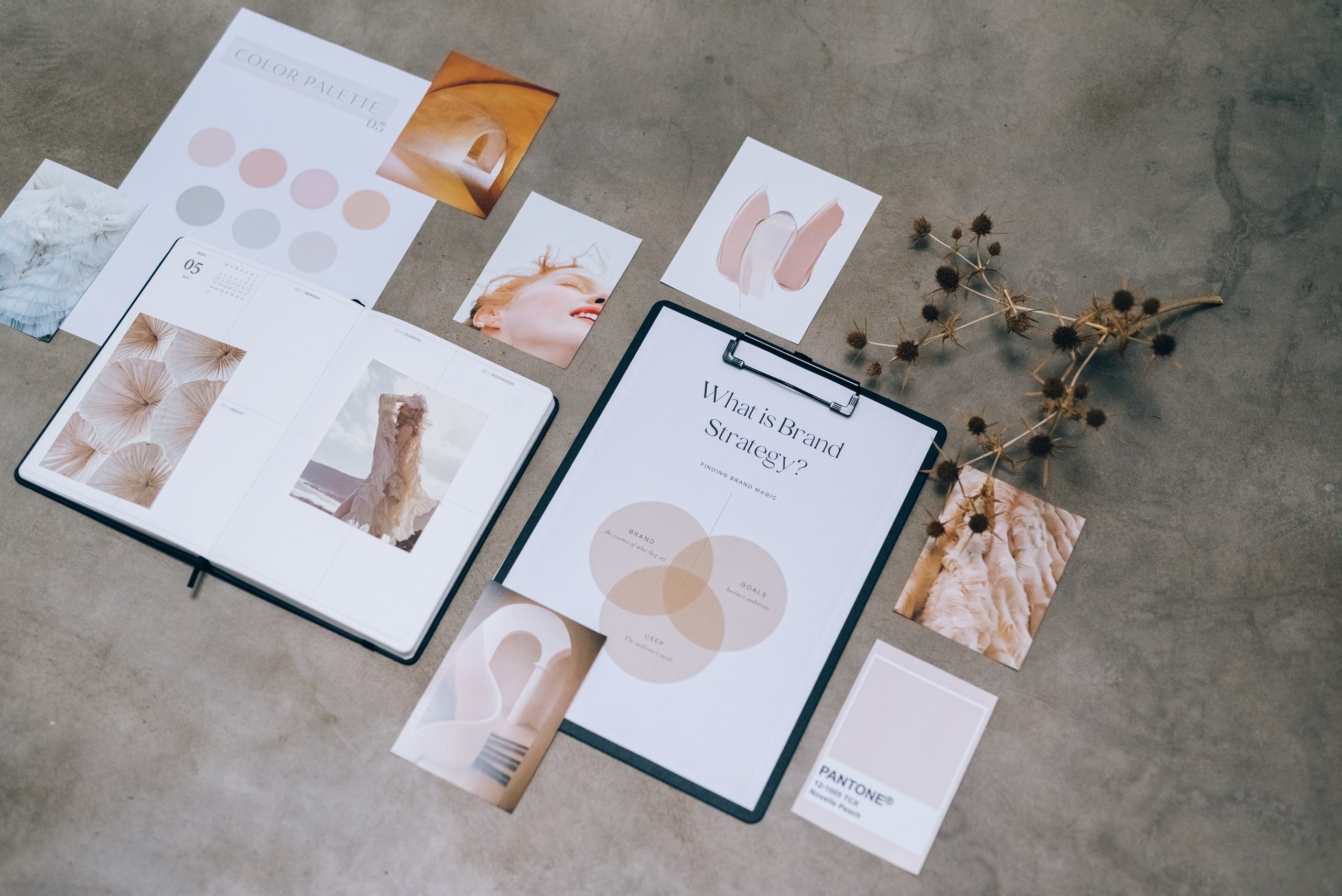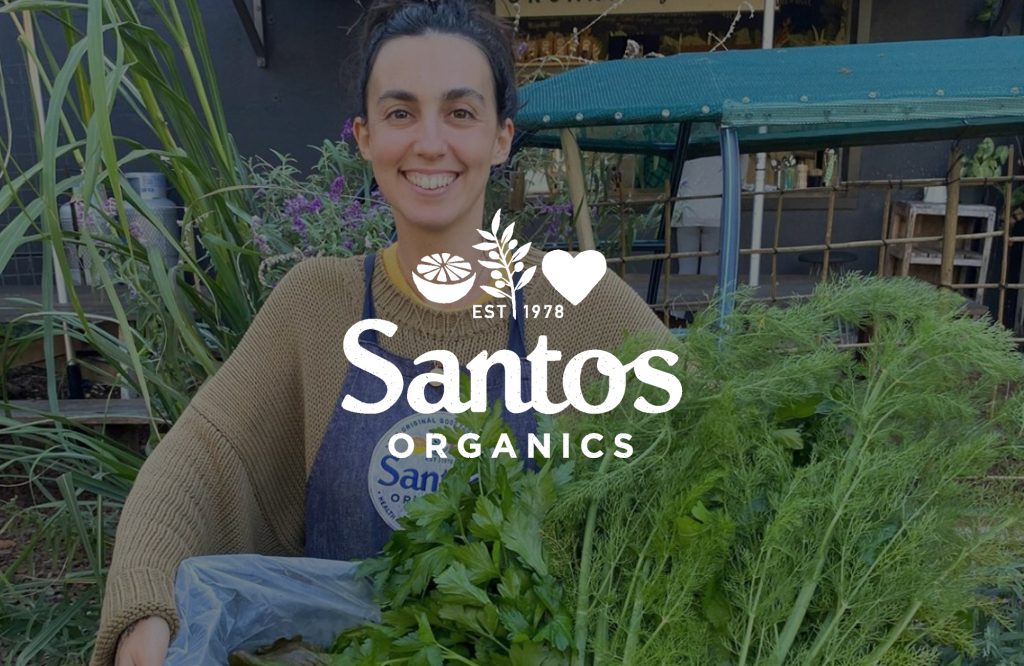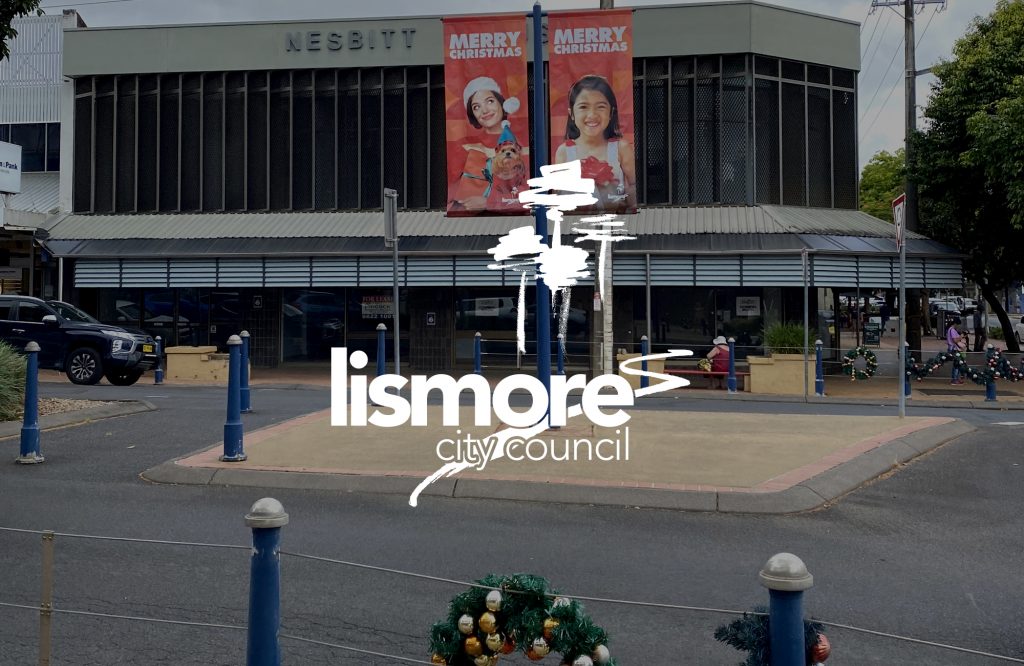Having a solid creative strategy for your campaigns can set you apart from your competitors. Your creative strategy is all about defining what your advertising goals are, and planning on how you are going to achieve them through innovative advertising and marketing approaches that will appeal to your audience. For example, using humour to appeal to your audience or showcase everyday use of your product through a series of social videos.
For business owners, we know this can sound overwhelming. However, spending time planning a strategy ensures your campaign has purpose, direction and goals to achieve. It makes the rest of the work involved in building a campaign much easier too. Let us break it down for you.
Define your goals
What do you want your advertising to achieve? Every campaign has different goals, whether that is to grow your audience, generate more leads, make more sales or something else. It’s important to set both short term and long term goals that are financial and non-financial (it isn’t always about the moolah). Our top tip is to use the SMART model when writing goals for your campaign…and keep the number of goals for a campaign to one or two, maximum.

Write a creative strategy statement
Now use your goals to develop a creative strategy statement. This statement is like a mission statement that outlines how you aim to achieve these goals. It should focus on the reason for the creative strategy, who you are aiming to appeal to and through what creative approach.
Choose your KPIs
Use key performance indicators (KPIs) to track your campaign and check whether you’re on the way to achieving your goal or not. KIPs are dependent on what your goals are. For example, if your goal is to grow your audience, then your KPIs might be increase of social media following and increase of website and/ or foot traffic. If your ad is running on Facebook and Instagram, you will be able to access real-time data about its performance in Ads Manager.

Determine your target audience and message
Defining your audience is arguably the most important aspect of your strategy because it determines how you will craft your message. The length, tone and delivery of your message will depend on your target audience and their values. Other things to consider is what the content will look like, and where it will appear.
Set your dates
The last step of your creative strategy is to develop a timeline for your campaign. This is usually split into the time spent creating and implementing the strategy, when and how long the campaign will run for, and dates to see results. Timelines helps with the allocation of resources and keeps everyone involved in the project accountable.
With these steps, your will set your business up for a successful campaign that has purpose and will (hopefully) result in the achievement of your goal.
Related tag: advertising gold coast




